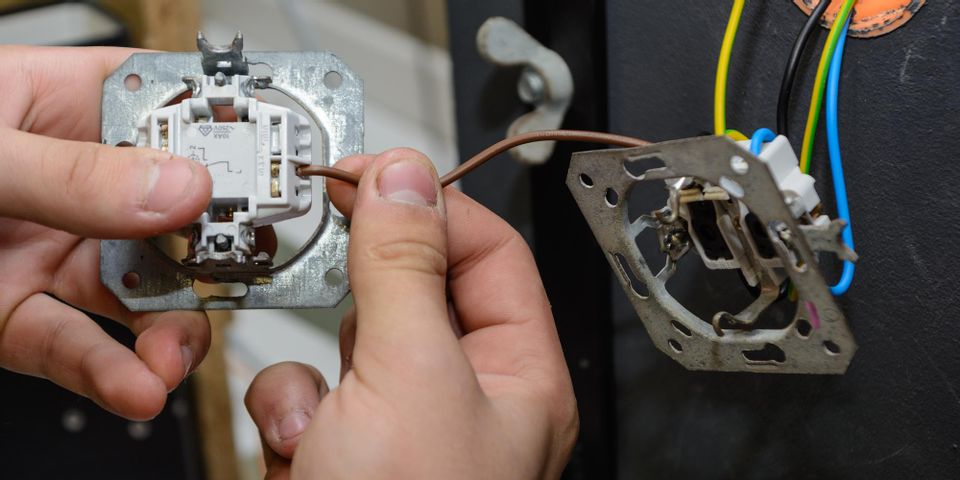
When you’re training to become an electrician, you’ll learn a lot about the different types of electrical switches. Having a grounding in this area will teach you to control and direct how power is regulated within a home or building. Here’s a guide to some of the most common switches.
A Guide to Electrical Switches
1. Single-Pole Switch
This is the most basic type of switch, and it refers to a system that can turn a device on or off from one location. Sometimes, the toggle switch will have a label that says on and off. The most typical example is a basic light switch in a home.
2. Three-Way Switch
 The three-way switch is a more complex form of the single-pole switch. With this mechanism, you can control the device in question from different locations. That can prove useful when someone is living in a larger space (or in an area like a warehouse) when it’s convenient to be able to turn on a light from different parts of the room.
The three-way switch is a more complex form of the single-pole switch. With this mechanism, you can control the device in question from different locations. That can prove useful when someone is living in a larger space (or in an area like a warehouse) when it’s convenient to be able to turn on a light from different parts of the room.
3. Proximity Switch
This advanced type of switch centers on a special sensor that can be used to monitor movement in a specific room or location. After a period of no movement, the sensor will turn off the light. Once an electrician installs one, it can help the resident cut down on their electric bills.
4. Dimmer Switch
This type of switch allows the user to regulate how much light is produced by the bulb. By limiting the current sent from the fixture, the resident can create a dimmer light, improving the atmosphere or saving energy.
If you want to become an electrician, contact Berk Trade and Business School in Long Island City, NY. Founded in 1940, the school has a track record of successfully training individuals to become outstanding electricians and plumbers. Inquire about enrolling by calling (718) 729-0909. Learn more about the trade school, which is accredited by the Accrediting Commission of Career Schools and Colleges®, by visiting its website.
About the Business
Have a question? Ask the experts!
Send your question

